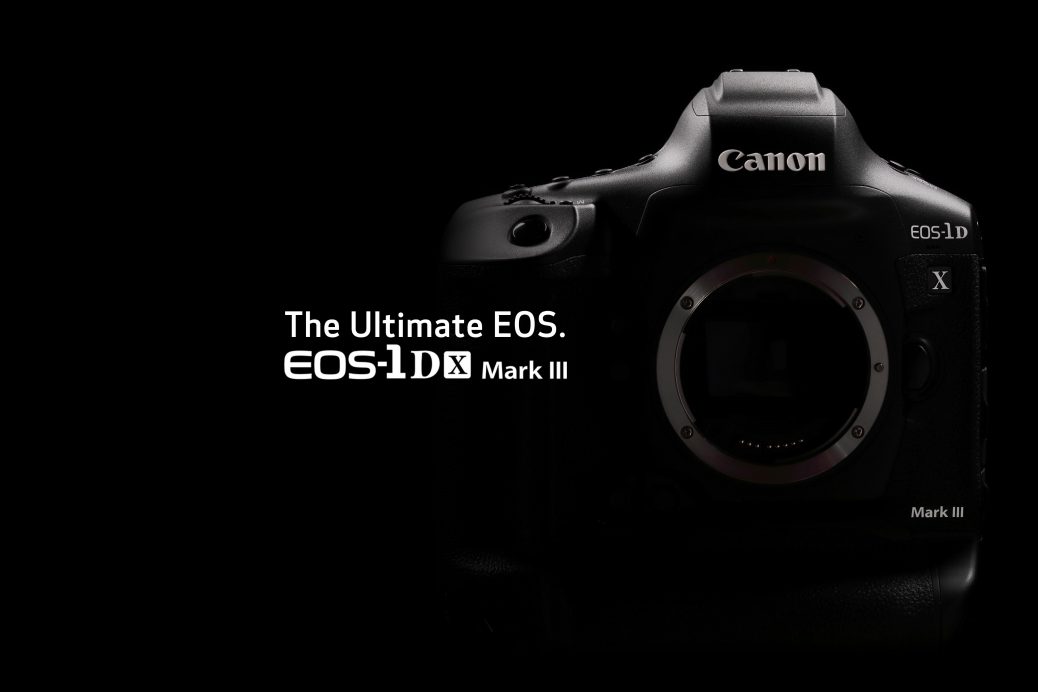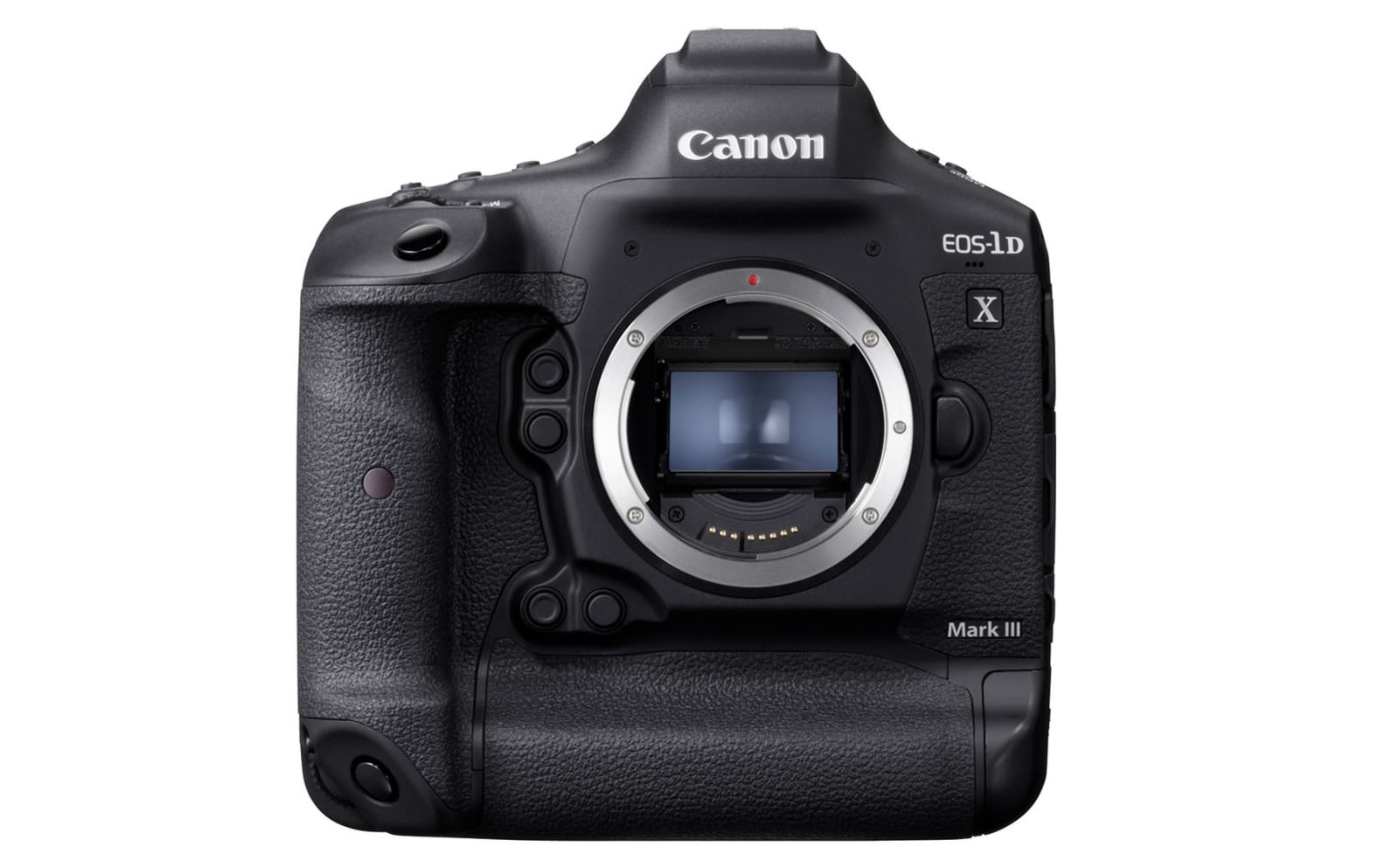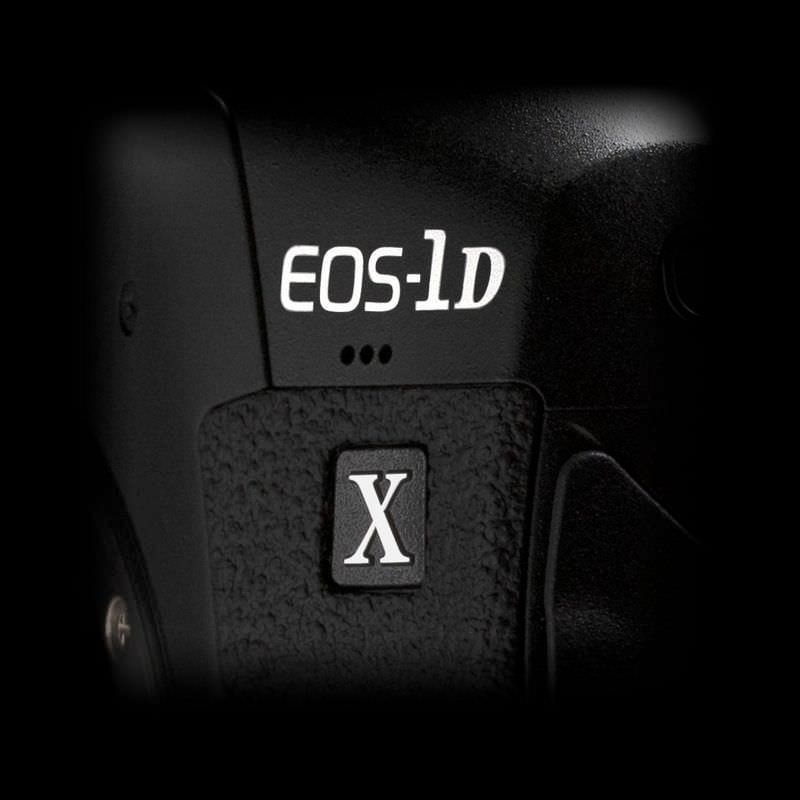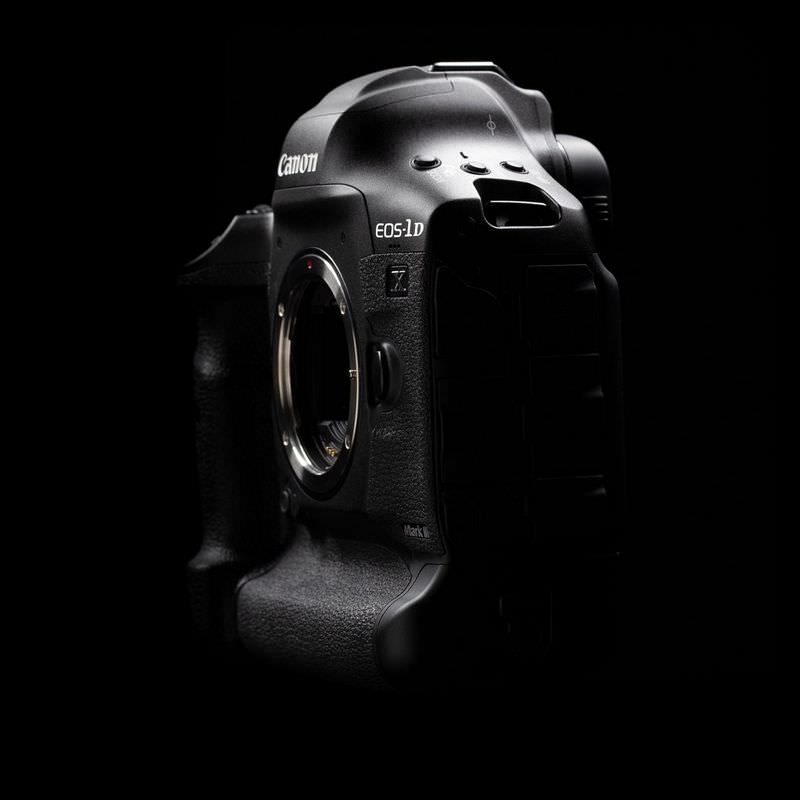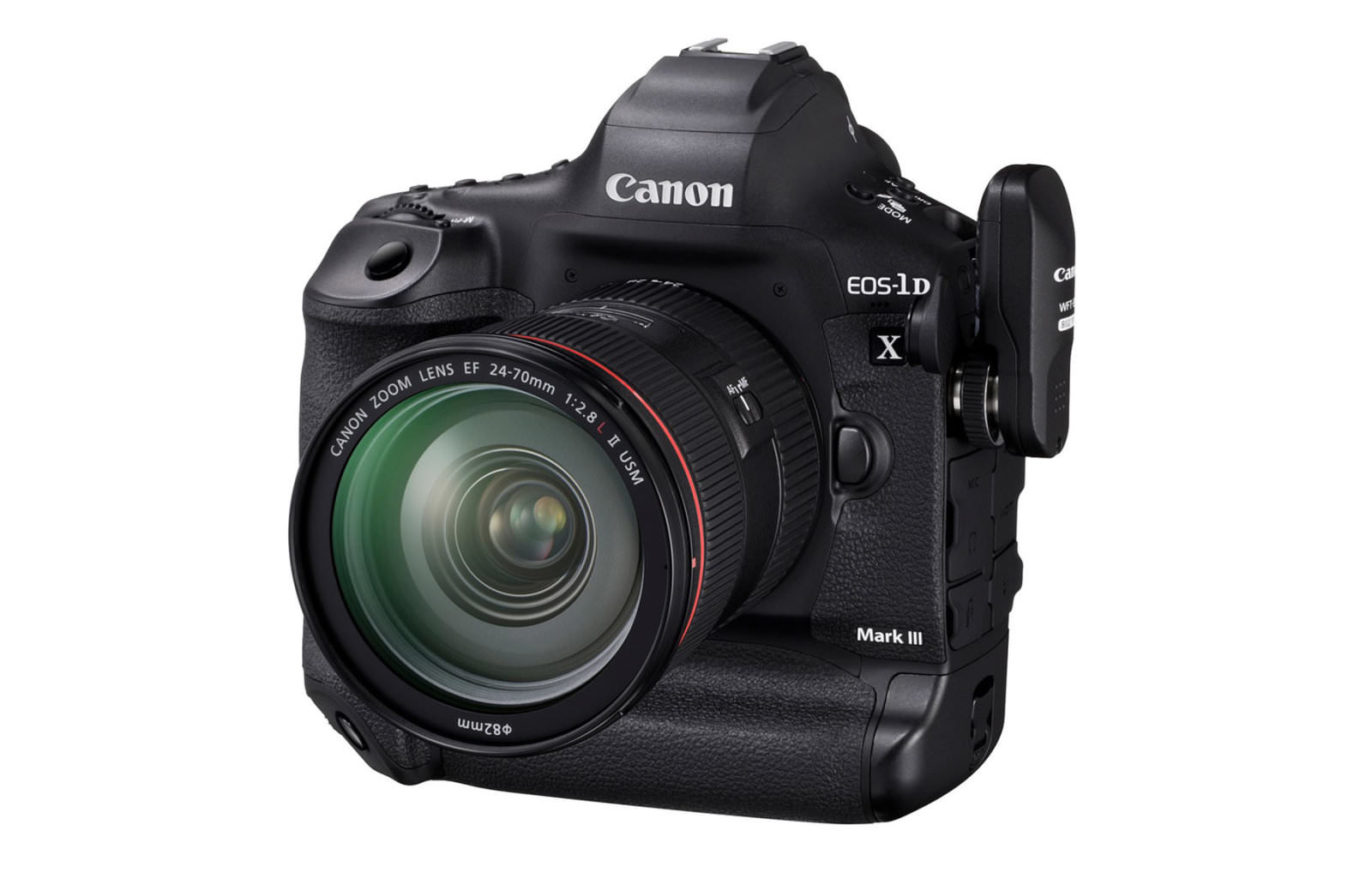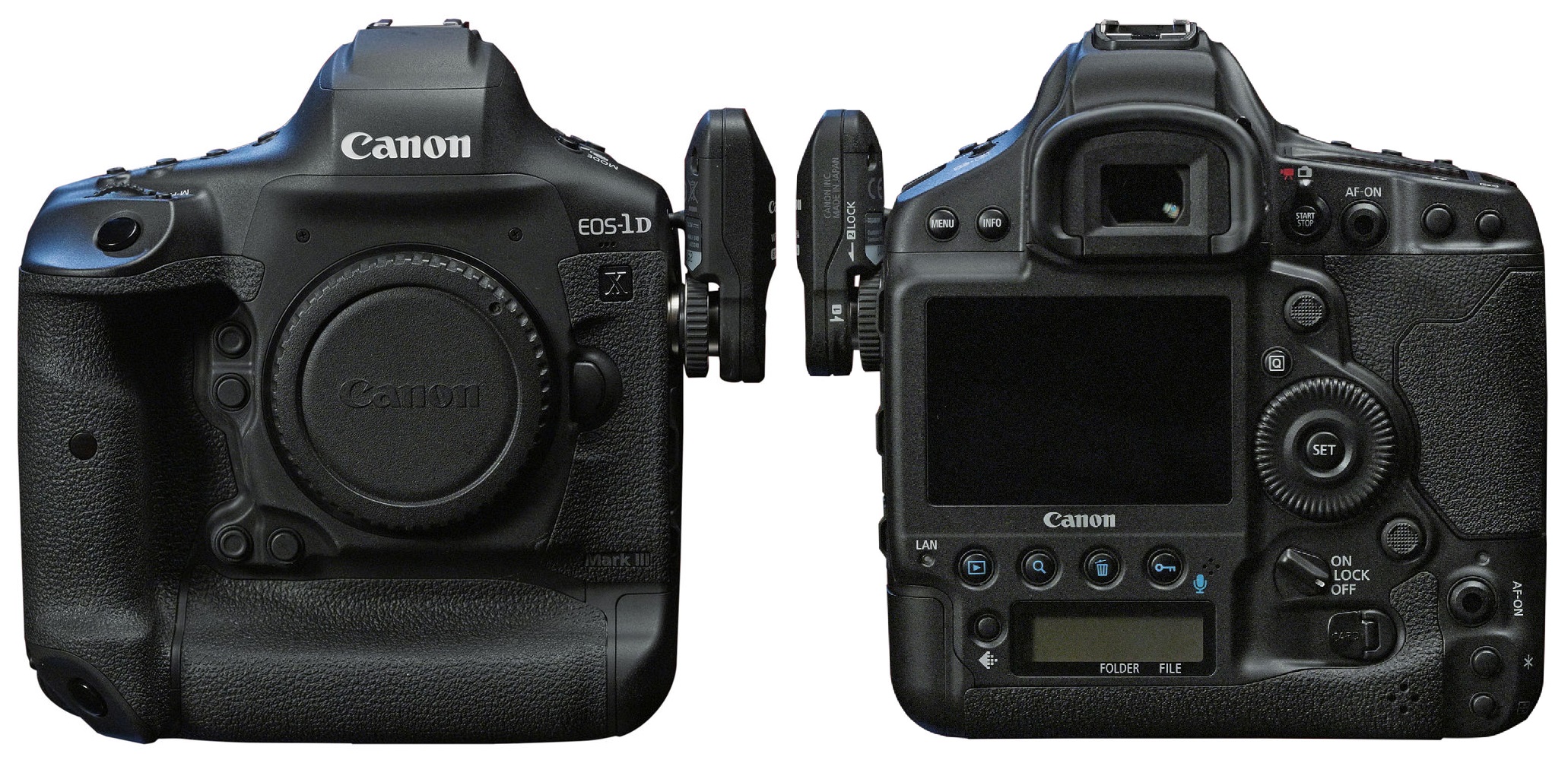Canon Announced the Development of the EOS-1D X Mark III DSLR Camera
Canon has announced the development of its next flagship professional DSLR EOS-1D X Mark III, the successor to the EOS-1D X Mark II, and promised this is the most technologically advanced camera it has ever created.
“Ideal for sports and wildlife, the flagship DSLR is being engineered and designed using feedback from the worldwide community of EOS-1D X and EOS-1D X Mark II photographers,” Canon says.
To tease us, and silence the rumor mill perhaps, Canon has disclosed some of the details of the upcoming camera, saying it will “deliver enhanced image quality, continuous shooting, and operability over its predecessor”.
Under the hood will be a brand-spanking-new CMOS sensor (which rumors suggest will come in at 28.1MP) and a new Digic processor (reportedly the ninth generation being debuted in the 1D X Mark III) that will improve image quality across the entire ISO range.
Autofocusing by the camera will be powered by a new algorithm that improves upon stability and tracking while shooting both through the optical viewfinder and using Live View. There’s also a subject tracking system that uses deep learning A.I. technology to help accurately track focus on every shot.
Compared to the 1D X Mark II, the 1D X Mark III will boast a new autofocus sensor that has 28 times the resolution in the center of the frame when using the optical viewfinder. Switch to Live View, and you’ll have 525 AF areas at your disposal that are powered by the Dual Pixel CMOS AF system that covers about 90% of the image sensor along one axis and 100% on the other.
Along with JPEG and RAW files, users will get a new type of format called 10-bit HEIF (high-efficiency image file), with more dynamic range and a wider color palette than JPEG. It’s an option that’s much more compact than RAW, but easier to edit than JPEG.
Canon also revealed that the 1D X Mark III will be the most video-capable EOS camera it has ever built, with 10-bit 4:2:2 footage at up to 4K 60p, with internal Canon Log recording. It didn’t say whether 4K video would use the full width of the sensor and be supersampled, but the last model had a small 1.3 times crop factor.
Continuing the ‘out with the old’ mentality, the 1D X Mark III also eschews SD cards and CompactFlash for cutting-edge CFexpress memory – which it needs, when it’s pushing around internal RAW 4K 10-bit video and ridiculous bursts of images.
The blistering continuous shooting speed exploits the strengths of both mirrorless and DSLR shooting capabilities, at 20 frames per second with AF and AE when shooting in Live View mode (via mechanical or electronic shutter), and 16 frames when using the completely lag-free optical viewfinder.
This hybrid functionality gives the Canon EOS-1D X Mark III the best of both worlds. “You can use it as a DSLR, or use it like a mirrorless. It really does feel like that,” Parry told us. “The mirrorless is just as important as the DSLR side to it. And I almost feel like we’ve taken the technology from all the different camps that we have and put it together into this.”
The 1D X Mark III is a connected camera that has built-in Wi-Fi, Bluetooth, and GPS. Transferring files via the built-in Ethernet connection or optional wireless file transmitter (WFT-E9) — which had a simpler network set-up process — is over twice as fast as with the 1D X Mark II.
Build-wise, the 1D X Mark III features a magnesium alloy body that’s weather-sealed against the wind, rain, and humidity. Certain buttons on the camera are now illuminated for ease of use in low-light environments.
Finally, the 1D X Mark III will have a significantly better battery life compared to its predecessor using the same battery (LP-E19).
More info on Canon’s website.

